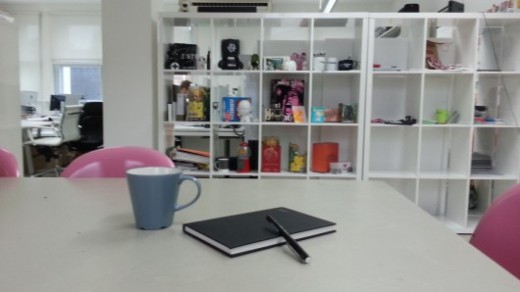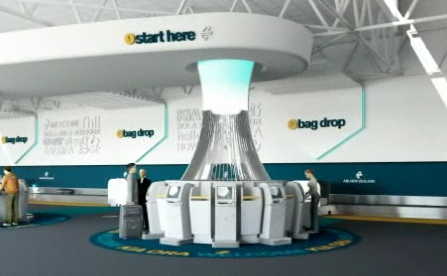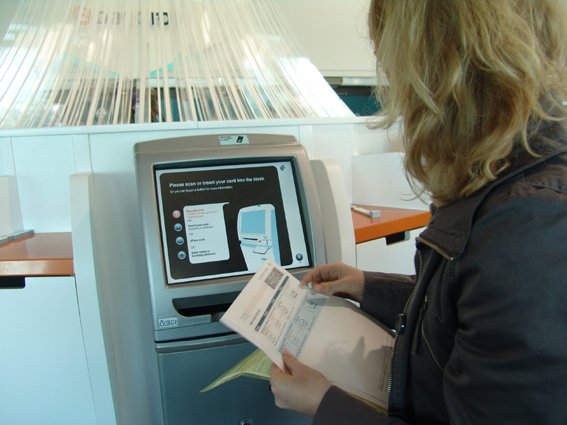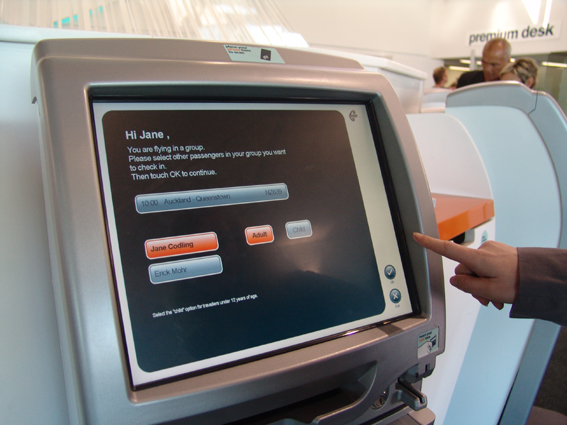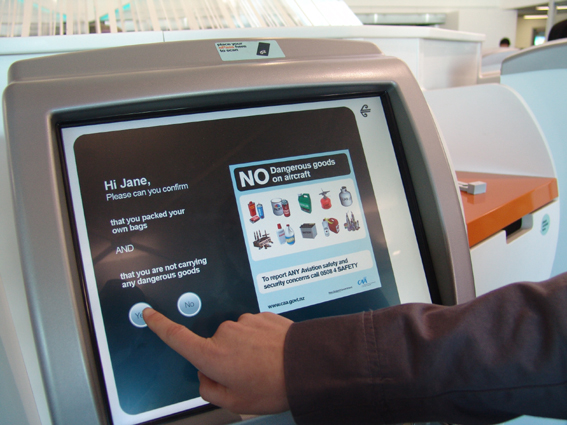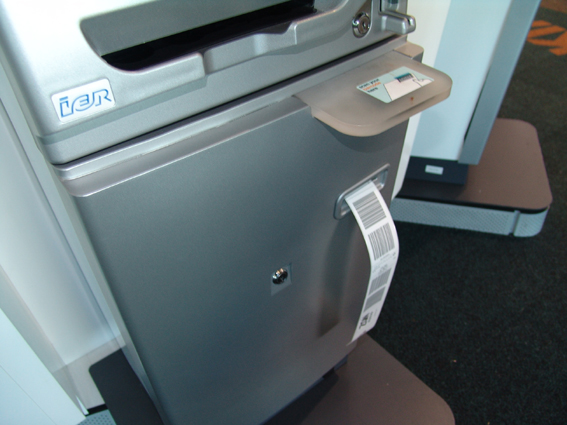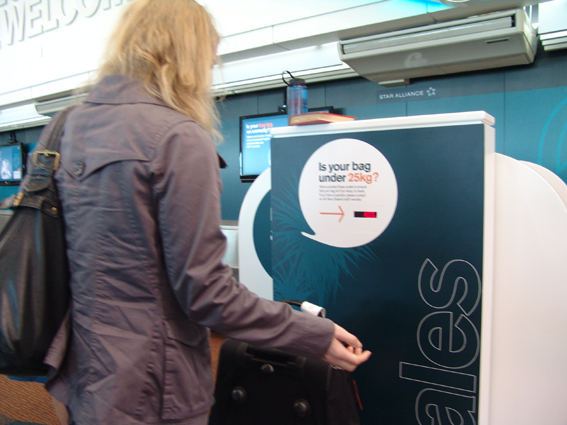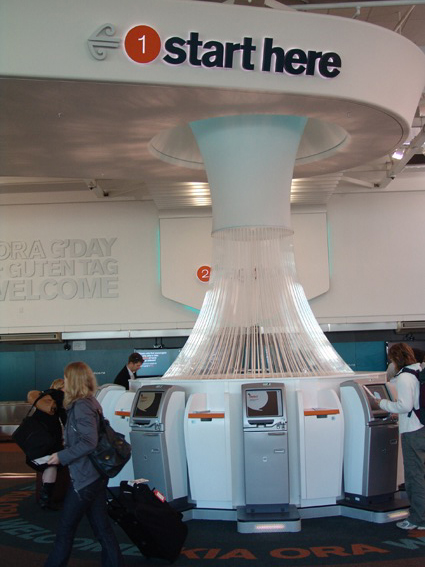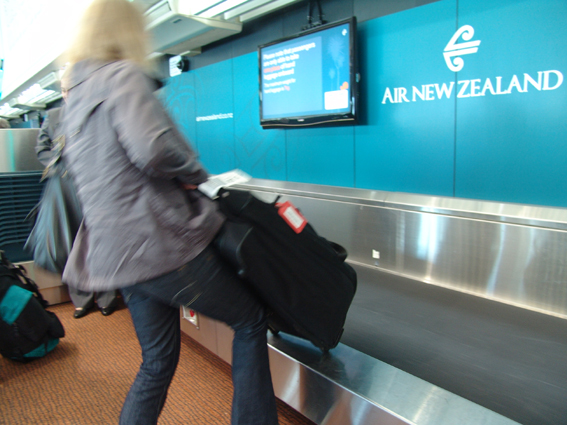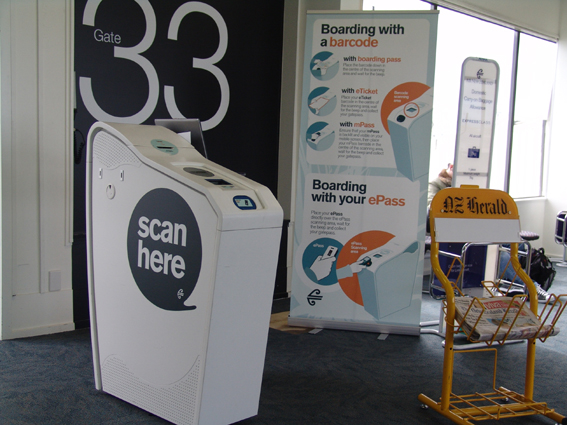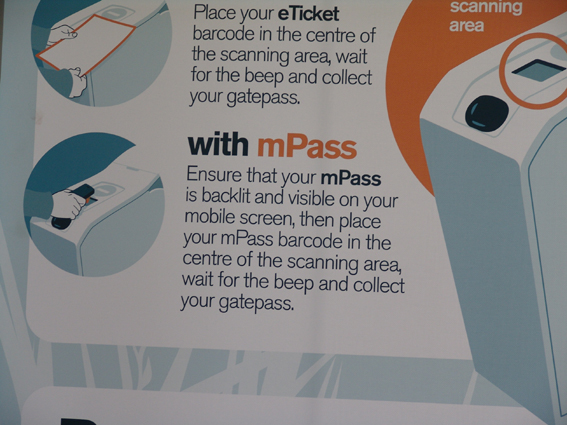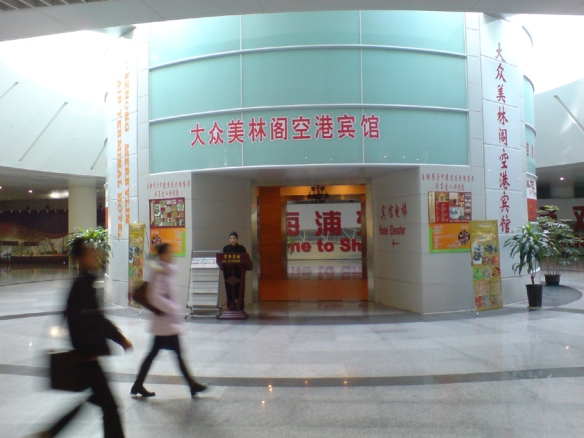Companies have been putting a lot of time and effort to ensure they provide better, more engaging customer experiences – be it about making online shopping easier, or delighting passengers flying long-haul flights. This makes customers happier, and happy customers are worth more.
What we find, however, is that very few businesses succeed in creating truly great customer experiences. Ask yourself what companies you have dealt with that really excel in making things easier or better for you. Not many I’d imagine.
One of the reasons that too often companies fail to achieve the holy grail of great experiences is that the innovation process traditionally starts by asking what customers want, and then try to embed this ‘ideal’ in the existing business model. This is where things become complicated, as often businesses won’t have the right channels, processes, systems or culture to deliver the intended experience.
One way to tackle this issue is by flipping the innovation challenge to its head. Instead of designing the experience around the business, companies should design the business around the experience.
For example, think about Nespresso. It’s one of the fastest growing and most profitable divisions at Nestle.
However, it wasn’t always a fairytale business story for them. In the late 80’s Nespresso faced serious difficulties due to a non-performing business model. They had the same product, same value proposition, same ideas. However, their target customers were offices. Coffee pods and coffee machines were distributed by machine manufacturers through a joint venture deal. The issue was, business growth was well below than what they expected.
What did Nespresso do? They kept the value proposition (restaurant quality espresso, easy to make) but changed the business model. Once they started to focus on the ‘home’ market through direct distribution fueled by an more upscale marketing strategy (aided by George Clooney as a brand ambassador), things changed radically, and the rest is history.
Innovation needs to happen in two directions: outside-in (to understand what customers want) and inside-out (to define what you business need to do meet you customers’ needs).
This post also appears on the Truth blog
